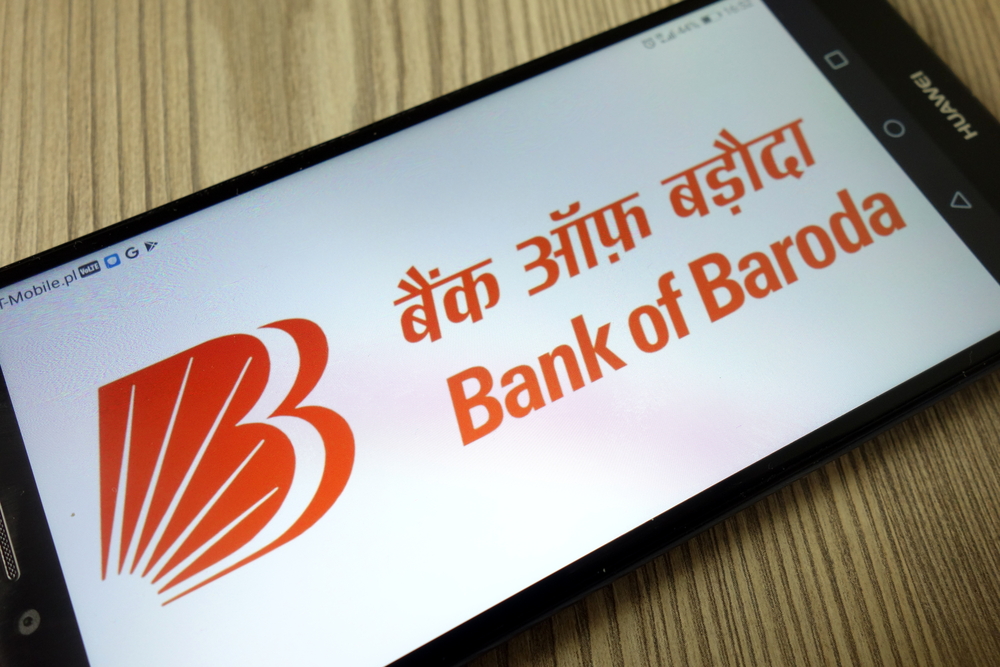RBI’s Video-based KYC Decision Gets Thumbs Up

New Delhi, January 10: The Reserve Bank of India’s (RBI) decision to permit video-based Know Your Customer (KYC) would provide a big impetus to the fintech industry. The process would capture live location of the customer (geotagging) to ensure that customer is physically present in India.
This decision will be beneficial for banks, fintech companies regulated by the RBI.
The RBI notification said: “With a view to leveraging the digital channels for Customer Identification Process (CIP) by Regulated Entities (REs), the Reserve Bank has decided to permit Video based Customer Identification Process (V-CIP) as a consent based alternate method of establishing the customer’s identity, for customer onboarding.”
“The RBI notification to allow video KYC for customer on-boarding by regulated financial services entities and doing away with the mandatory requirement for in-person customer verification will be a tremendous boost for the fintech industry - particularly neo-banks, lending fintechs, and prepaid wallet players, who have been demanding a seamless, paperless and cost-effective solution for KYC for quite some time,” said Vinay Bagri, co-founder & CEO, NiYO.
“RBI has detailed out the video-based customer identification process (V-CIP) with robust checks and balances and specifications. This coupled with Aadhaar-based offline KYC mechanism is expected to lead to large scale adoption of a seamless, paperless, presence-less and cost-effective solution for KYC by fintech industry,” he added.
Rajesh Mirjankar, MD & CEO, InfrasoftTech said: “Video-based KYC would help all financial services players as it eases verification and on-boarding process. The video-KYC will now allow lenders to match the customers’ identity documents through a frame of video and they can also scan the documents remotely without needing to be physically present. Lenders and payment companies that are targeting rural customers and Gen-X will be the ones who will greatly benefit.”
Changes due to introduction of Video based Customer Identification Process (V-CIP)
REs may undertake live V-CIP, to be carried out by an official of the RE, for establishment of an account based relationship with an individual customer, after obtaining his informed consent and shall adhere to the following stipulations:
i. The official of the RE performing the V-CIP shall record video as well as capture photograph of the customer present for identification and obtain the identification information as below:
- Banks: Can use either OTP based Aadhaar e-KYC authentication or Offline Verification of Aadhaar for identification. Further, services of Business Correspondents (BCs) may be used by banks for aiding the V-CIP.
- REs other than banks: can only carry out Offline Verification of Aadhaar for identification.
ii. RE shall capture a clear image of PAN card to be displayed by the customer during the process, except in cases where e-PAN is provided by the customer. The PAN details shall be verified from the database of the issuing authority.
iii. Live location of the customer (Geotagging) shall be captured to ensure that customer is physically present in India
iv. The official of the RE shall ensure that photograph of the customer in the Aadhaar/PAN details matches with the customer undertaking the V-CIP and the identification details in Aadhaar/PAN shall match with the details provided by the customer.
v. The official of the RE shall ensure that the sequence and/or type of questions during video interactions are varied in order to establish that the interactions are real-time and not pre-recorded.
vi. In case of offline verification of Aadhaar using XML file or Aadhaar Secure QR Code, it shall be ensured that the XML file or QR code generation date is not older than three days from the date of carrying out V-CIP.
vii. All accounts opened through V-CIP shall be made operational only after being subject to concurrent audit, to ensure the integrity of process.
viii. RE shall ensure that the process is a seamless, real-time, secured, end-to-end encrypted audiovisual interaction with the customer and the quality of the communication is adequate to allow identification of the customer beyond doubt. RE shall carry out the liveliness check in order to guard against spoofing and such other fraudulent manipulations.
ix. To ensure security, robustness and end to end encryption, the REs shall carry out software and security audit and validation of the V-CIP application before rolling it out.
x. The audiovisual interaction shall be triggered from the domain of the RE itself, and not from third party service provider, if any. The V-CIP process shall be operated by officials specifically trained for this purpose. The activity log along with the credentials of the official performing the V-CIP shall be preserved.
xi. REs shall ensure that the video recording is stored in a safe and secure manner and bears the date and time stamp.
xii. REs are encouraged to take assistance of the latest available technology, including Artificial Intelligence (AI) and face matching technologies, to ensure the integrity of the process as well as the information furnished by the customer. However, the responsibility of customer identification shall rest with the RE.
xiii. RE shall ensure to redact or blackout the Aadhaar number in terms of Section 16.
xiv. Banking Correspondents (BC) can facilitate the process only at the customer end and the official at the other end of V-CIP interaction should necessarily be a bank official. Banks shall maintain the details of the BC assisting the customer, where services of BCs are utilised. The ultimate responsibility for customer due diligence will be with the bank.









